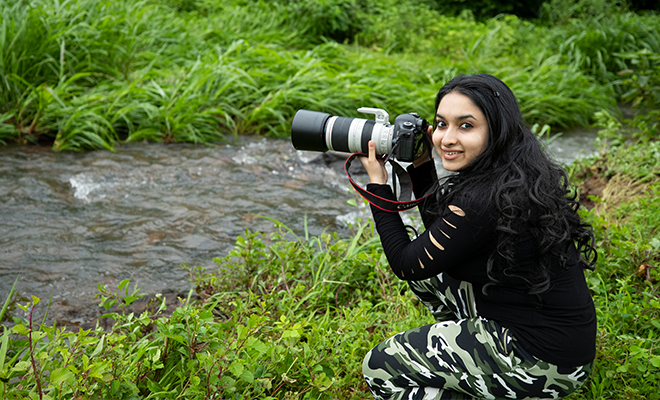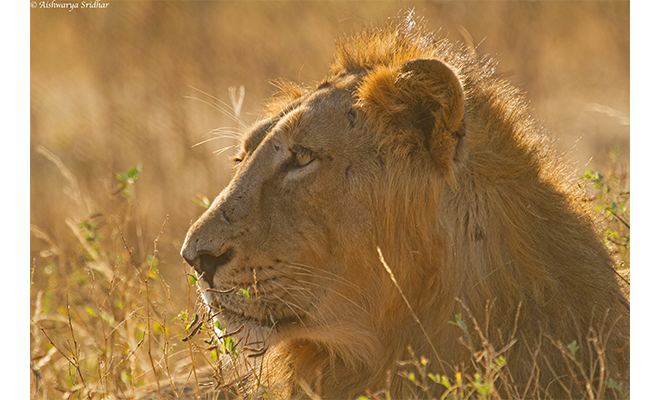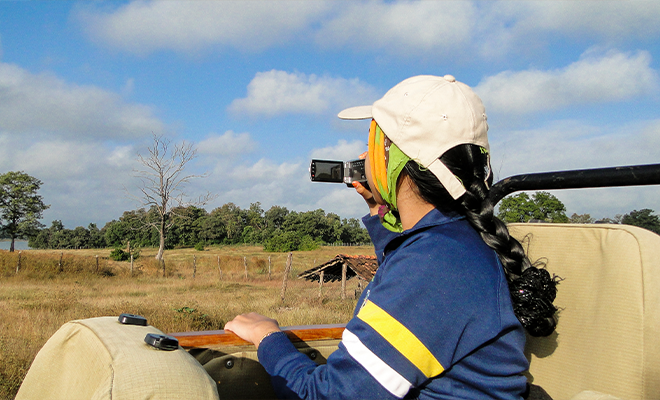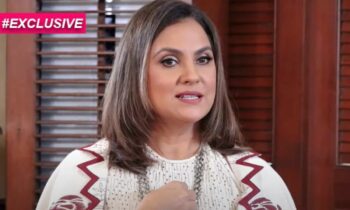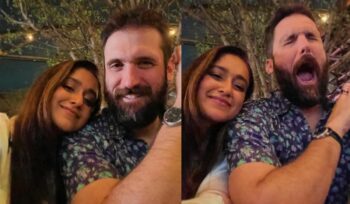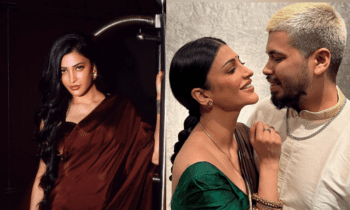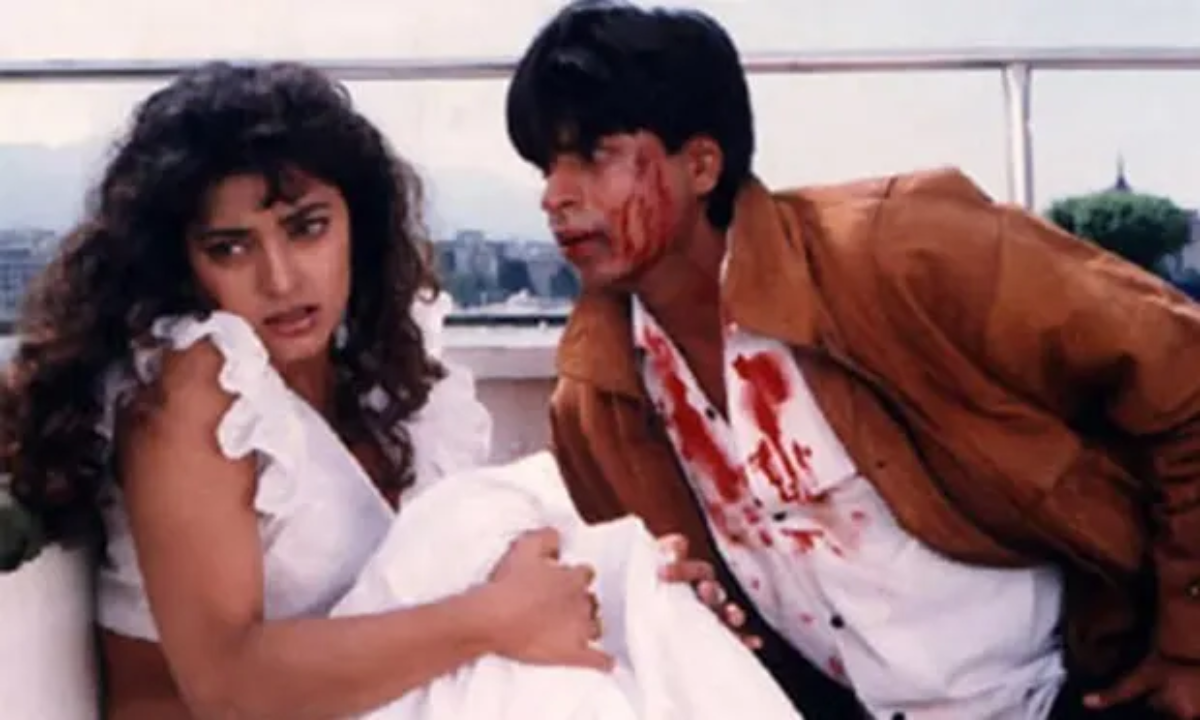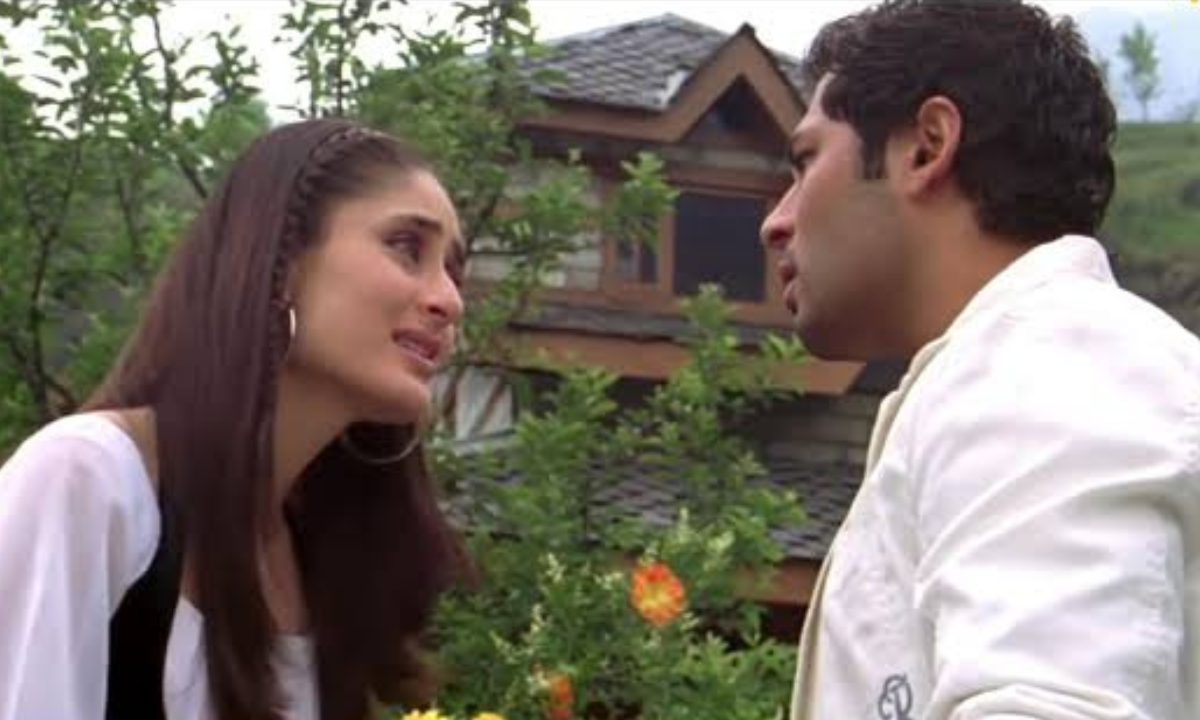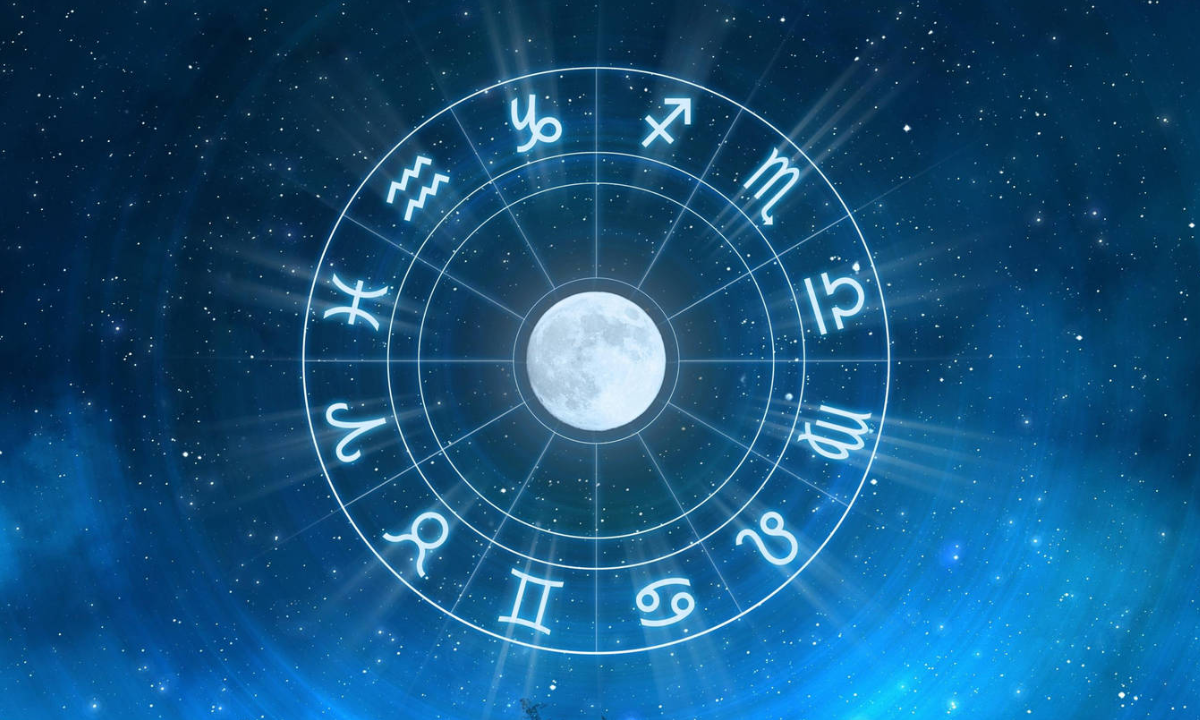EXCLUSIVE! First Indian Woman To Win The Wildlife Photographer Of The Year Award, Aishwarya Sridhar Talks About Her Journey, The Award-Winning Photo And More
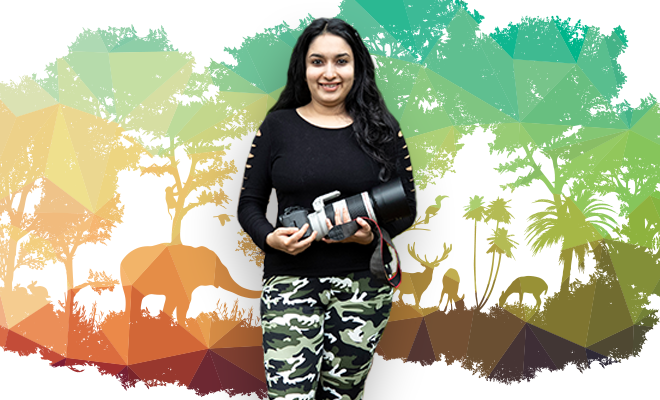
Whether or not you catch up with the news on the daily basis, chances are you came across the news of a 23-year-old wildlife photographer who became the first Indian to win the Wildlife Photographer of the Year 2020 Award yesterday. Yes, we are talking about Aishwarya Sridhar.
Wildlife photography is inarguably the most thrilling career option there is. I mean, a major part of your job entails being around and watching animals. That in itself is so exciting. Plus, I would love to venture out in the wild and capture birds and animals for a living. I love my job, but I’d be lying if I said that doesn’t excite me at all. However, not many people have it in them to actually take the plunge and take up an unconventional career like this, maybe because abba nahin manenge (get it?). That’s actually true for a lot of Indians, especially women. A sad fact!
However, here is Aishwarya not only breaking the ceiling by being one of the named wildlife photographers in India but is also making a name in her field at the age of 23 and making us immensely proud.
Her incredible photo of fireflies, which she titled ‘Lights Of Passion’ bagged the highly commended award in the Behaviour-Invertebrates category at the 56th Wildlife Photographer of the Year Competition in adult category. If you are wondering about the beautiful name of the image, there’s a story behind it too. An Instagram follower asked her why she titled the image ‘Lights of Passion’ and she responded, “This ritual of flashing lights are actually the signals for mating by the male fireflies to attract the females.”
https://www.instagram.com/p/CGUCSISg_N7/
Also Read: Aishwarya Sridhar Becomes The First Indian Woman To Win The Wildlife Photographer Of The Year Award. What An Accomplishment!
This is not the first accolade for the young wildlife shutterbug and won’t be the last but it definitely was an exceptional feat. We caught up with the young photographer and got her to share when was she bit by the photography bug (pun intended), how her work makes an environmental impact and why she thinks there aren’t many women wildlife photographers in India. Read on.
Q: Take us through your journey as a wildlife photographer. What inspired you to take it up as a career?
Aishwarya Sridhar: I was always interested in wildlife as a child. My dad is a member of Bombay Natural History Society so I have always accompanied him on trips that fuelled my curiosity in birds and animals. Even at home, I was surrounded by greenery as I lived in Panvel which is very different from the city. I have chased everything that creeps, crawls and walks. That’s how my interest in wildlife developed. As I grew up, I realised the power of visuals and what role visual mediums can play in influencing the thoughts and emotions of people. So that’s the reason I felt there’s no better way of doing that than being a wildlife photographer myself.
Q: How do you think wildlife photography can help in educating people about environment and natural habitat conservation?
Wildlife photography is not just about clicking beautiful pictures of animals and birds. It’s also about telling stories using those images, so that people connect with the animals that you have clicked. And, there’s another side to wildlife photography which is conservation photography through which you can use your images to bring about a change and create a conservation impact. It could be simple images like plastic stuck in the mouth of a bird, or a heap of plastic in ocean and you could capture it from your mobile phone. Even by clicking simple images like these you could tell important stories of conservation create awareness about issues faced by our natural world.
Q: What challenges do you face as a wildlife photographer in India? Is it any tougher for women in this field?
For women, I feel there is always a society perception and people may not always view your choice of career as ideal. Apart from that I think the challenges are the same for both men and women who are trying to make a make in this field. First thing is being taken seriously and to be able to showcase your work at the right platform. That is a big challenge for a newcomer, be it a man or a woman.
Q: Do you face sexism or untoward comments from fellow male wildlife photographers?
No, not at all. Everyone is very accepting of the women in the industry.
Q: Let’s talk about the award-winning photo titled ‘lights of passion’. How did you capture it and why did you pick it for your entry?
I captured it at Bhandardara, Maharashtra. I had gone there to click fireflies after I read in the newspaper that there was a firefly congregation happening at Bhandardara and I always wanted to click one. I went last year in the month of June and I met up with a few locals who told me the spot where I could see a lot of fireflies. So I began to hike. By the time I reached the spot, it was about 8 or 9-ish in the night. I took a few images which I didn’t find great. Then I switched the lenses because I felt the stars could be included in the frame and that’s how this image was created. The series of images is what I sent for my entry.
Q: Tell us a thrilling story or moment you experienced in your career that you can’t forget?
There are many. Tracking elephants on the foot in the jungles of southern India or being in close quarters with lion-tailed macaw in the Western Ghats. The feeling of tracking a tiger through alarm calls in the sounds of the jungles where there are pug marks is really thrilling. And, when you finally find these big cats, the joy is unparalleled.
Q: Wildlife photography is all about opportunity. How do you prep and plan a shoot?
Before a shoot, I read about it on the internet and gather a lot of date on the place, how to go and whom to meet. I try to find the right kind of people who can give me the maximum information and I call them up and fix it beforehand to see the best spot in the location that I am wanting to click in. Then I plan my whole course. Apart from that, I also read up about the species that I want to photograph and its characteristics that could add a twist to the image and video that I am capturing. Then, I land up on the location.
For the fireflies also, I planned it in such a way that when I went, the moon was waning so that I don’t have moonlight hampering my shoot. If it had, I would not have been able to capture the stars and fireflies.
Q: How do you deal being on field and shoots when you’re on your period?
Oh, that’s tough! I sometimes take a pill or simply bear the pain. I don’t know what else to do, LOL. I try and avoid going into the wild when I am on periods but sometimes you can’t help it. The moment is there for a short and I have to seize it. I take a pill so there’s no pain and then it’s fine.
Q: Which photograph is your best work according to you, apart from the one that won recently?
I am very critical of work so that’s a tough one. I find my collection of lion-tailed macaque images really good because of the expressions on the monkeys’ faces that I adore. I also like couple of my big cat images.
Q: Wildlife photography is a highly male-dominated field. There are only a handful of female professional wildlife photographers in India. Why do you think that is?
One of the main reasons of that is because of the perception of the society that expects women to do safe, 9 to 5 jobs. Outdoor jobs like wildlife photography aren’t considered safe for women so that could be the reason why not many girls opt for this career.
Q: Who are some wildlife photographers that you look up to?
Radhika Ramasamy and Kalyan Varma. In the filmmaking field, I look up to Ashwika Kapur. Also, I really love the work of Beverly Joubert and Shannon Wild. Their work with the big cats is just fantastic.
Q: After being the first woman to win the Wildlife Photographer of the Year, what’s next on your checklist?
I would like to make a documentary on the primates of India. Our country is blessed with some most endangered primates in the world and I would really like to highlight their story.






